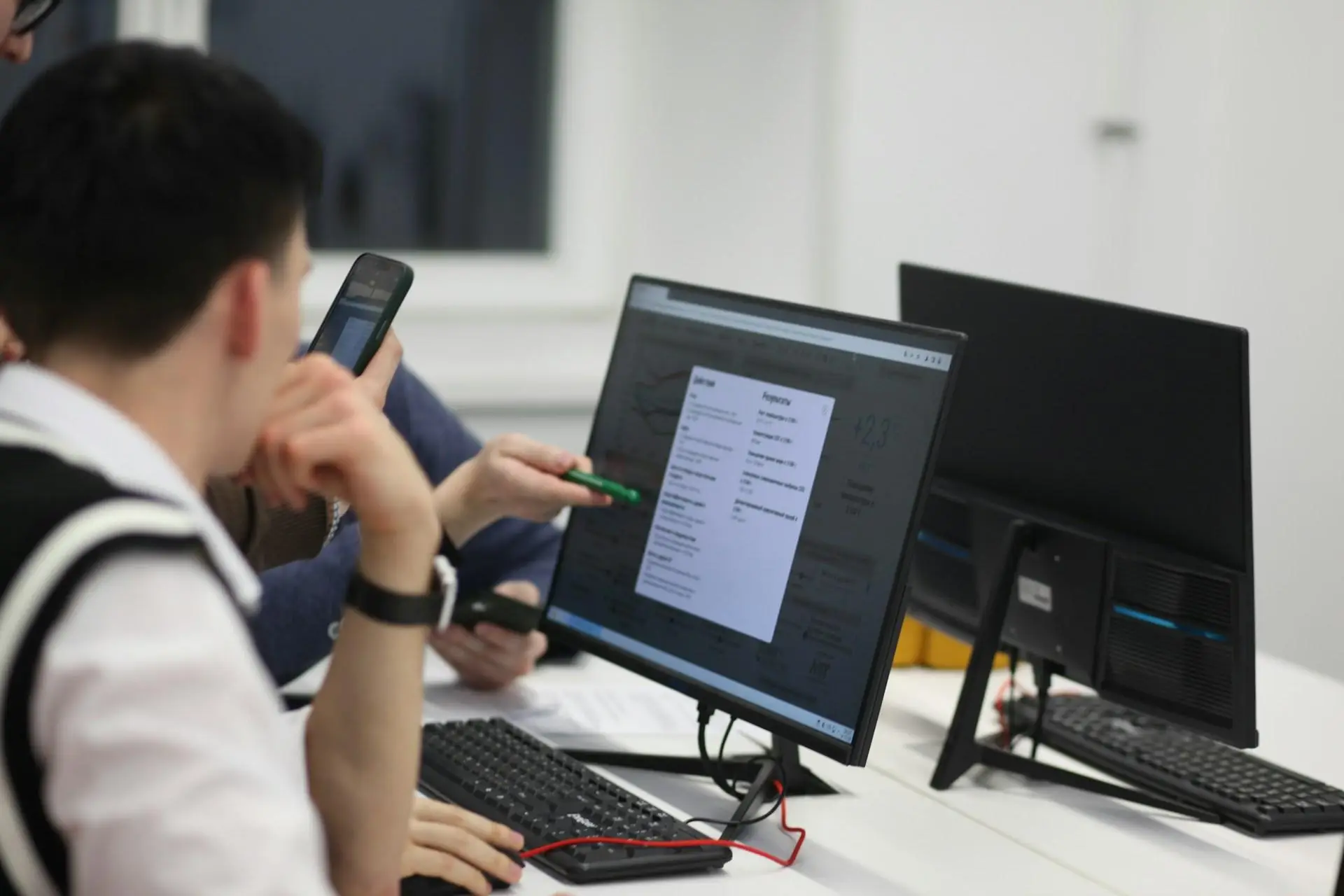Transforming Education: Innovative Teaching Methods in Practice
In recent years, education has undergone a significant transformation, with traditional teaching methods giving way to more innovative approaches. As technology advances and the needs of students evolve, educators are increasingly adopting methods that enhance engagement and improve learning outcomes. This article explores the most impactful of these methods, demonstrating how they are reshaping modern classrooms.
The Power of Technology in Enhancing Learning
Technology has become an integral part of modern education, revolutionizing the way teachers deliver content and students absorb information. Digital tools like tablets, smartboards, and educational apps have made learning more interactive and accessible. Online platforms such as virtual classrooms have expanded educational opportunities beyond the physical classroom, allowing students to learn at their own pace and on their own terms.
Personalized learning is one of the most significant advantages technology brings to education. Adaptive learning software tailors educational content to each student’s needs, ensuring that they receive the right level of challenge. Additionally, technology facilitates access to a vast array of resources, enabling students to explore topics in greater depth than traditional textbooks would allow.
However, the integration of technology is not without its challenges. The digital divide remains a significant issue, with unequal access to technology creating disparities in educational opportunities. Moreover, there is a need to balance screen time with other forms of learning to prevent potential negative impacts on students’ health and well-being.
Project-Based Learning: Engaging Students Through Real-World Challenges
Project-Based Learning (PBL) is a teaching method that focuses on students learning through the active exploration of real-world problems and challenges. This approach emphasizes critical thinking, problem-solving, and collaboration, skills that are crucial in today’s world. Rather than passively receiving information, students in PBL environments actively engage in projects that require them to apply what they have learned in practical contexts.
Successful implementation of PBL has been seen across various subjects, from science and math to history and the arts. For instance, students might work on projects such as designing a sustainable community or creating a historical documentary, tasks that require them to integrate knowledge from multiple disciplines. Teachers in PBL settings often act as facilitators, guiding students in their learning journey rather than simply delivering content.
The impact of PBL on student engagement is profound. Students are often more motivated and invested in their learning when they see the real-world relevance of their work. This method also helps develop practical skills, such as teamwork and communication, that are essential for success beyond the classroom.
Flipping the Classroom: A New Approach to In-Class Learning
The flipped classroom model inverts the traditional approach to teaching by having students review content at home and engage in active learning during class time. This method allows for more hands-on activities in class, fostering a deeper understanding of the material. Instead of using class time for lectures, teachers can facilitate discussions, group work, and problem-solving activities that reinforce the content students have already studied.
One of the key benefits of the flipped classroom is that it encourages independent learning. Students take ownership of their education, developing time management and self-directed learning skills. This model also allows teachers to provide more individualized support, as they can focus on students who need extra help during class.
Practical examples of the flipped classroom model have shown promising results. Schools that have implemented this approach report higher levels of student engagement and better academic performance. Feedback from both students and teachers indicates that this method fosters a more interactive and collaborative learning environment.
Gamification: Making Learning Fun and Engaging
Gamification is another innovative approach that has gained traction in modern classrooms. By incorporating game elements such as points, badges, and leaderboards, educators can make learning more engaging and enjoyable for students. Gamification taps into students’ natural competitive instincts and desire for achievement, making learning a more dynamic and motivating experience.
The benefits of gamification in education are numerous. It provides instant feedback, helping students understand their progress and areas for improvement in real-time. This approach also encourages persistence and resilience, as students are motivated to overcome challenges to achieve rewards.
There are many examples of successful gamification in education, from quiz apps that turn learning into a game to classroom competition platforms that foster a healthy competitive spirit. These tools have been shown to improve student performance and engagement, making learning more interactive and enjoyable.
Collaborative Learning: Building Skills for the Future
Collaboration is increasingly recognized as a vital skill in today’s interconnected world. Modern educational strategies that promote collaborative learning not only enhance students' understanding of the material but also help them develop social skills essential for working in diverse teams. Group projects, peer reviews, and the use of collaborative technology tools are all ways in which educators can foster a collaborative learning environment.
Designing classroom spaces that encourage interaction and teamwork is also crucial. Flexible seating arrangements and open spaces can create an environment where students feel comfortable working together. Collaboration in the classroom mirrors real-world scenarios, preparing students to communicate effectively and work efficiently in various settings.
The benefits of collaborative learning are evident. Students who engage in collaborative activities are more likely to retain information and develop a deeper understanding of the subject matter. Moreover, they learn to appreciate different perspectives, which is crucial for their development as global citizens.
Overcoming Challenges and Looking to the Future
While these innovative teaching methods offer significant benefits, they also present challenges that need to be addressed. Teacher training and professional development are essential to ensure that educators are equipped to implement these methods effectively. Additionally, ensuring that all students have access to the necessary resources and opportunities is critical to the success of these approaches.
Looking to the future, the role of educators will continue to evolve as technology advances and new teaching methods emerge. Educators must remain adaptable, continuously seeking out new strategies to enhance learning and engagement. The future of education lies in a combination of technology, creativity, and collaboration, ensuring that students are well-prepared for the challenges of the modern world.
Innovative teaching methods are transforming education, making learning more engaging, interactive, and relevant for today’s students. By embracing these approaches, educators can create dynamic learning environments that not only improve academic outcomes but also prepare students for success in a rapidly changing world.




